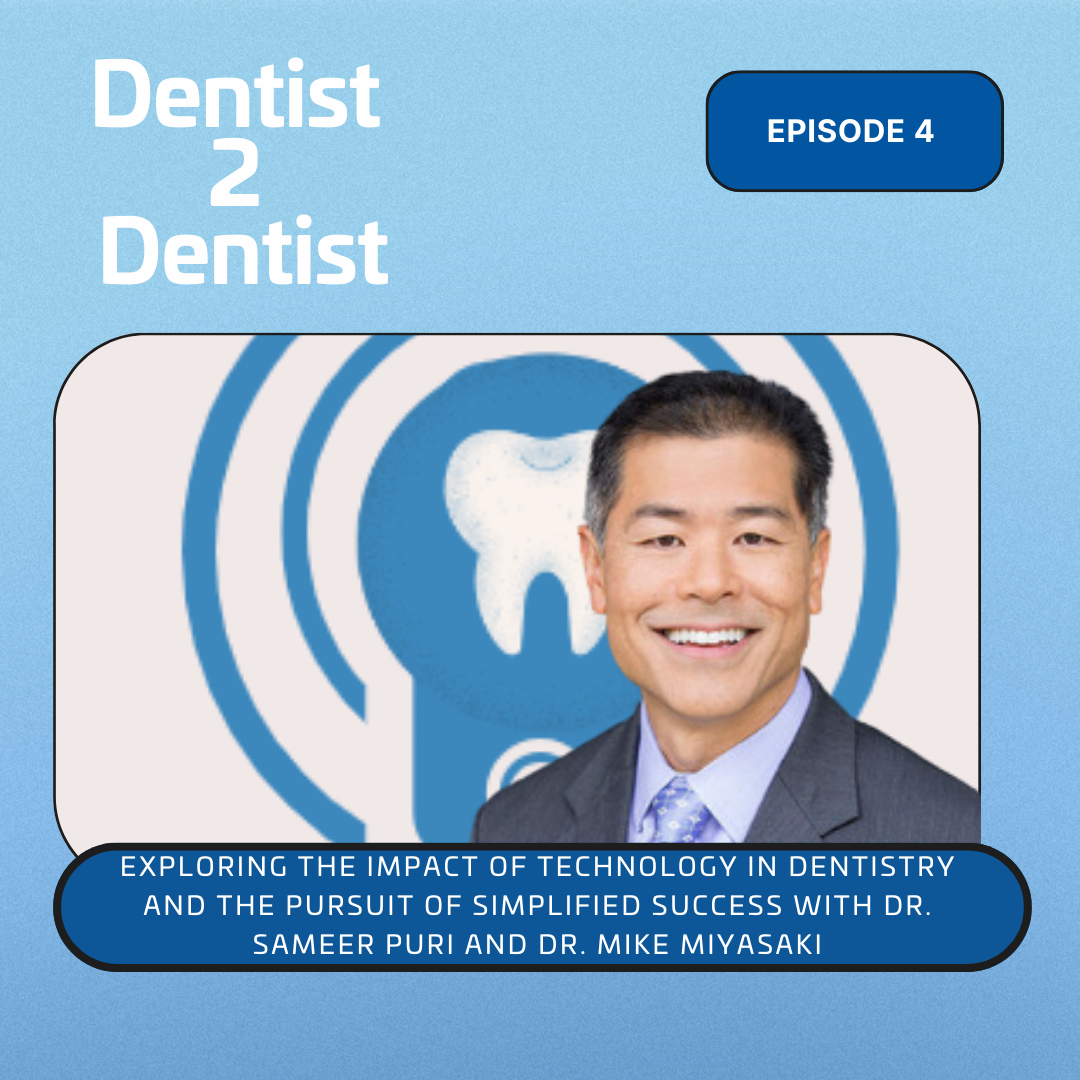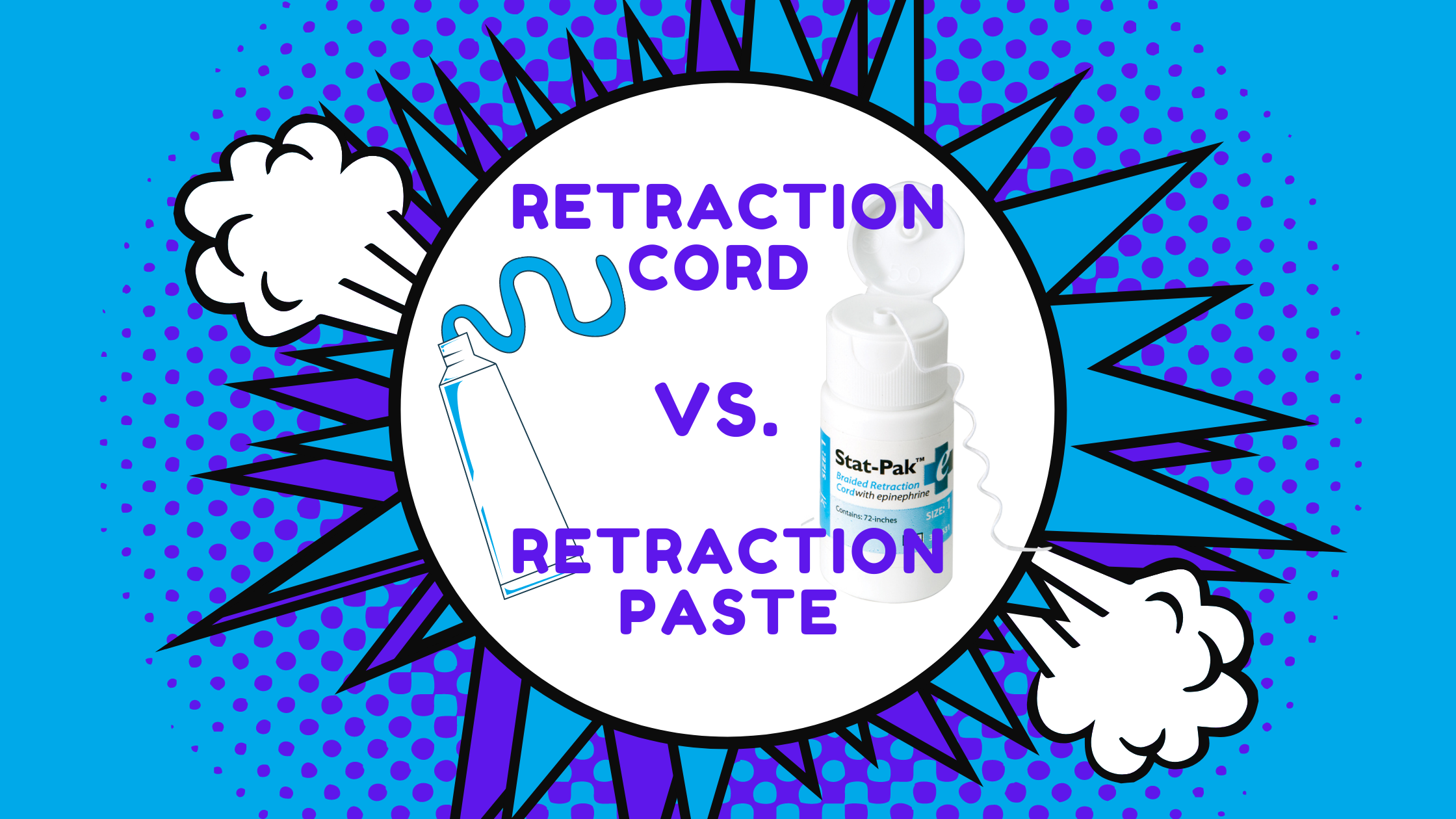Battle of Retraction: The Paste Versus Cord Conundrum
By: Dr. Michael Miyasaki
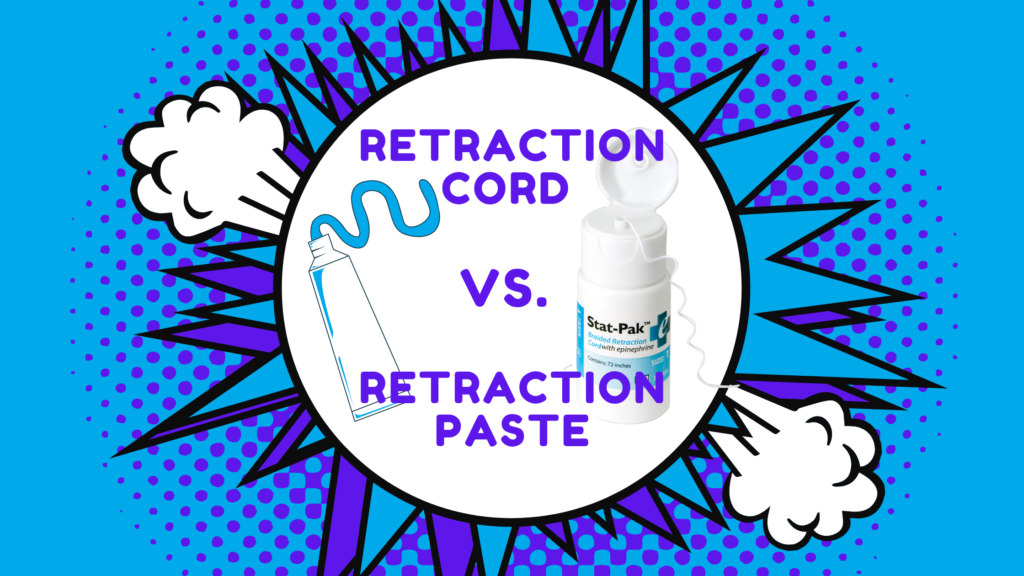
A Bloody Mess
Managing the soft tissue and its associated blood circulation is always a challenge when doing direct and indirect restorative work. Getting blood or other bodily fluids under our bonded restorations during placement is not a good thing. Cut the tissue with a bur, and it bleeds. Push the tissue out of the way, and it can bleed. It can bleed when we have to take an impression, whether with impression material or an intra-oral scan. We need to control the bleeding and crevicular fluid flow and displace the soft tissue away from our margins.
The Armamentarium
So how do we manage the tissue position and fluids? While there are many solutions, the most common are using a hemostatic paste, retraction cord, and a hemostatic agent. Lasers work well, but they have yet to become part of the armamentarium of most practitioners. I have found the hemostatic retraction pastes to be more challenging to place, especially in tight gingival tissue areas, areas with greater hemorrhaging, and when margins are very subgingival. So back to the more popular options.
Back to the Basics
Retraction pastes can be stubborn when rinsed off the preparations, and typically they are more expensive per use. So with two options down (Laser / Retraction Paste), we are back to retraction cord and hemostatic agent. If the preparation is very subgingival, we can place more cords. If the tissue is tight, we can put a smaller diameter cord. If we have a lot of bleeding, we may pack multiple cords and leave the one deeper in the sulcus behind while we work or take our impression. Retraction cord is very versatile, and its placement is mastered quickly when using a suitable quality cord and the proper cord placement tools.
Stop the Bleeding
Hemostatic agents typically are iron-based and brown, or aluminum-based and clear. When we were in school decades ago, we used the epinephrine impregnated cords, and we were concerned about a cardiac response. Still, today I find our previously mentioned hemostatic agents are well suited to handle the job. My favorite is Quick-Stat Free as I find it very useful because of its unique chemistry and clearness. Combined with a knitted retraction cord, like Stat-Pak, which can soak up a larger volume of the hemostatic agent, I now have no problems controlling the bleeding or the tissue.
The Formula for Success
The formula for success when taking an impression is soaking my Stat-Pak knitted cord in Quick-Stat FREE. Then, placing the appropriate size cord or cords using a Vista-Pak cord placement tool that is sulcus thin, I prefer mine to have a serrated edge. This allows me to take the cord into the soft tissue as atraumatically as possible. Remove the cord when deemed appropriate, rinse, and lightly dry the preparation before taking the impression. When feasible, advise your patients to keep their soft tissue healthy, prepare the teeth atraumatically to the tissue, and when needed, have a system as I have described here for soft tissue management. This is sure to increase your efficiency and decrease your stress.
- Dentist2Dentist Podcast: Thriving in Dentistry: Embracing Change and Innovation for Future Success with Garrett Caldwell and host Dr. Michael Miyasaki

- Dentist2Dentist Podcast: Beyond Gums: Linking Oral Health to Overall Wellness with gues Tanya Dunlap,PhD and host Dr. Michael Miyasaki

- Dentist2Dentist Podcast: Overcoming Dental Insurance Challenges for a Profitable Practice with Dr. Michael Miyasaki

- Dentist2Dentist Podcast: Advanced Hemostatic Techniques for Effective Tissue Management with Dr. Michael Miyasaki

- Dentist2Dentist Podcast: Minimally Invasive Implants for Superior Patient Outcomes

- Dentist2Dentist Podcast: Pioneering Micro-Endodontics and Balancing Life with Dr. John Stropko, Inventor of the Stropko Irrigator

- Dentist2Dentist Podcast: Mastering Dental Practice Management: A Blueprint for Success with Industry Leaders Garrett Caldwell and Stephanie Burrell
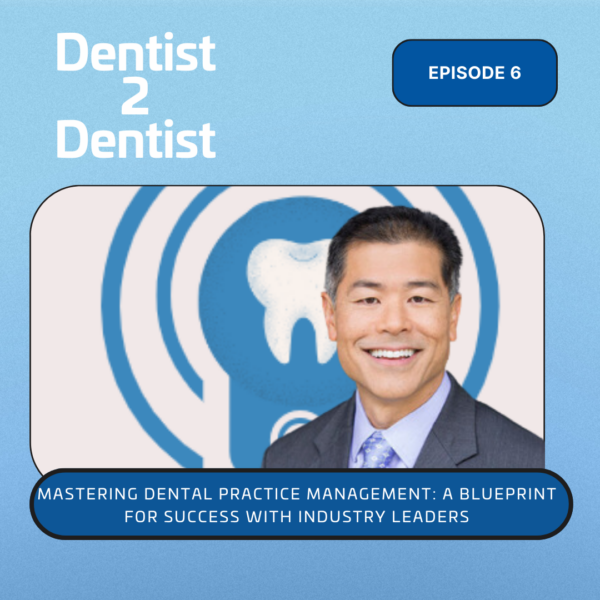
- Dentist2Dentist Podcast: “Revolutionizing Restorative Dentistry: Harnessing Bioactive Materials for Healthier Smiles”- with Dr. John Kanca, III. Video Podcast Recording
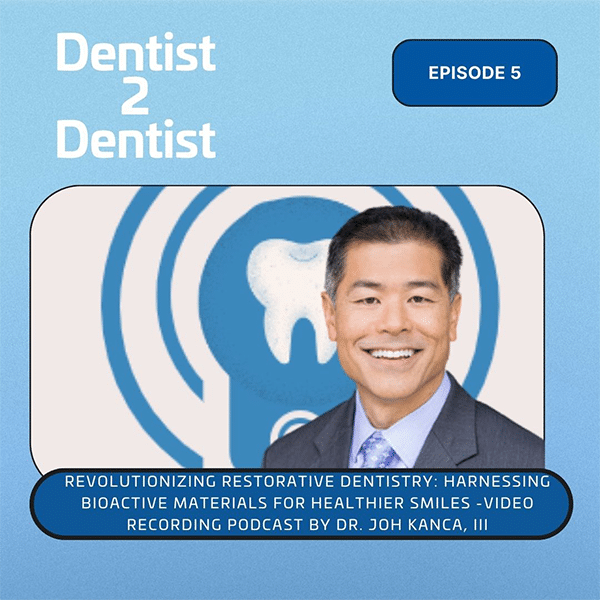
- Dentist2Dentist Podcast: “Exploring the Impact of Technology in Dentistry and the Pursuit of Simplified Success”- with Dr. Sameer Puri
